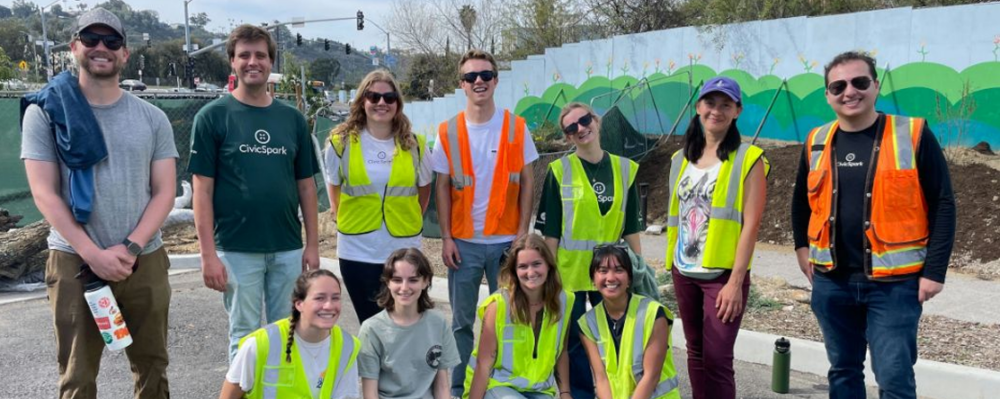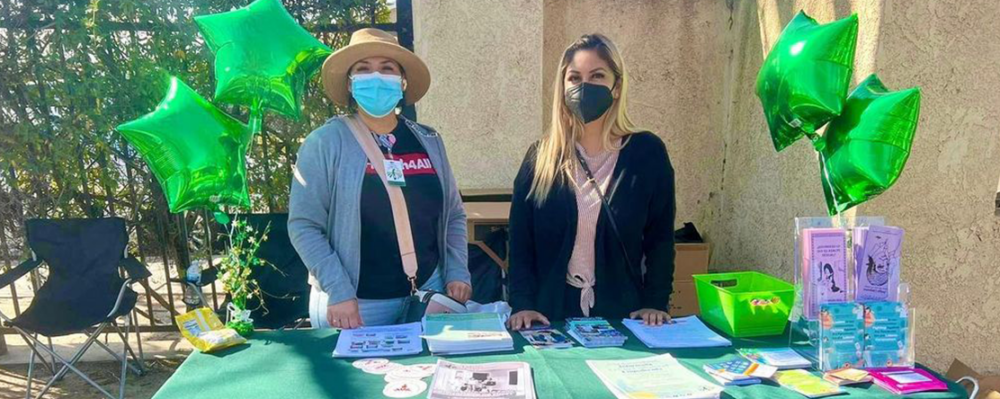
In the News
Study: Environmental Hazards Cost Calif. $254 Million Annually
-
Focus Areas
Chronic Disease Prevention, Environmental Health, Healthy Communities -
Expertise
Research – Surveillance -
Programs
Tracking California
A study released by the nonprofit Public Health Institute (PHI)  says California could save $250 million per year in healthcare costs – and improve the lives of millions of children – by eliminating exposure to preventable environmental hazards such as lead, pesticides, second-hand smoke, car exhaust and certain household chemicals.
says California could save $250 million per year in healthcare costs – and improve the lives of millions of children – by eliminating exposure to preventable environmental hazards such as lead, pesticides, second-hand smoke, car exhaust and certain household chemicals.
Galatea King, health surveillance director with PHI and one of the authors of the California Environmental Health Tracking Program study, says she and her colleagues focused on multiple health conditions including asthma, leukemia, autism and ADHD.
“We looked at estimates of what amount of the burden of each condition could be attributable to the environment,” she says. “We were looking at things that could be prevented.”
Originally published by Public News Service
More Updates
Work With Us
You change the world. We do the rest. Explore fiscal sponsorship at PHI.
Support Us
Together, we can accelerate our response to public health’s most critical issues.
Find Employment
Begin your career at the Public Health Institute.



